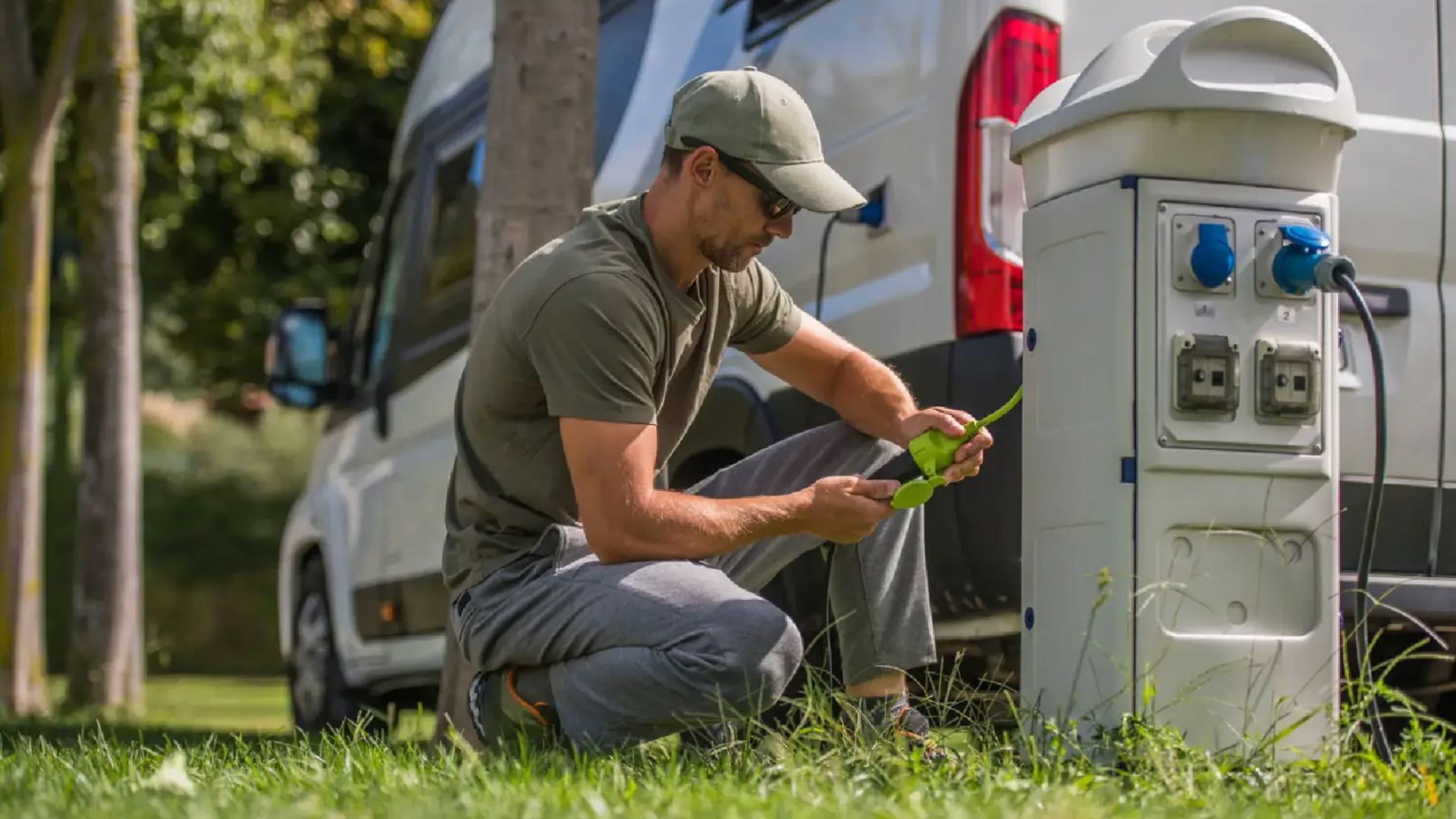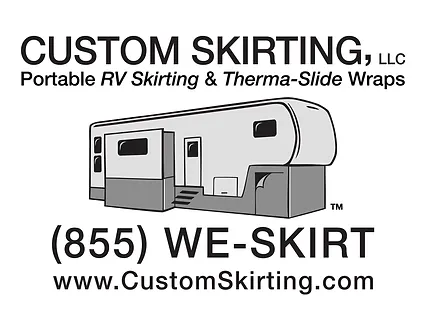
How to Install RV Hookups on Your Property
Table of contents
How to Install RV Hookups on Your Property
Installing RV hookups on your property can provide convenience and flexibility, whether you’re hosting friends or family, renting out your RV, or using it as a temporary living space while building a home. But before you start, it’s crucial to know the steps involved and the potential legal requirements. In this guide, we will walk you through the process of how to install RV hookups on your property, answering common questions like “can I install RV hookups on my property?” and “how to get RV hookups on your property?”. We’ll also discuss how to add RV hookups to your property and the essentials of RV hookup installation.
Why Install RV Hookups at Home?

Having RV hookups at home offers numerous benefits, enhancing convenience and flexibility for RV owners. Whether you’re hosting friends or family, renting out your RV, or using it as a temporary living space while building a new home, installing RV hookups on your property can provide substantial advantages. Here are some key reasons to consider:
- Temporary Living: In areas where residing in an RV on private property is legal, RVers can offer campers as a full-time living solution for friends or family in need.
- Additional Income: Renting out your RV can be a lucrative source of extra income.
- Low-Cost Living: Living in a camper on your land provides a cost-effective way to reside while building a new house or facilitating construction.
However, always remember to check local regulations and obtain necessary permits before proceeding with RV hookup installation.
How to Install RV Hookups on Your Property
RV hookup installation involves several key steps. Here’s a detailed guide:
1. Planning/Inspection
Start by planning and inspecting your property. Use marking flags to outline the route of the lines from the pad to where they will connect to the city water line, breaker box, and sewer connection.
2. Create a Parking Pad
Prepare a parking pad for your RV. The pad should be at least 4 feet wide and long enough to comfortably accommodate your rig and then some. This ensures stability and easy access.
3. Install a Post
Next, install a sturdy post to support your hookups:
- Digging the Hole: The hole should be about 8 inches wide and 30 inches deep.
- Setting the Post: Place a 4’x4’ post into the hole and pour concrete around it to hold it in place.
- Utility Check: Before digging, contact utility companies to avoid existing gas, water, and power lines. This step is crucial for safety and to avoid costly damages.
4. Put In Your Water Hookup
For the water hookup:
- Prevent Freezing: Wrap the exposed waterline with heat tape.
- Secure the Line: Attach the water line to your post using pipe clamps.
- Fill the Trench: Once secured, fill the trench with cement and cover it with dirt.
5. Electrical Install
Electrical installation should be handled by a licensed electrician. They will:
- Determine Power Needs: Assess your RV’s power requirements and select the appropriate gauge wire.
- Connection: Connect the wiring to your home’s breaker box or sub-panel without compromising your house’s electrical system.
6. Sewer Connection
For the sewer connection:
- Legal Check: Ensure it is legal in your city to connect to an accessible sewer hookup.
- Connection: Locate the sewer cap, unscrew it, and attach your blackwater line. This connection allows your waste to feed into the city’s public sewer system.
Which States Allow Installing RV Hookups on Your Property?

Regulations regarding RV hookups on private property vary by state. Here are some states where it is generally permitted:
- Texas: Known for its lenient property laws, Texas allows RV hookups on private property with proper permits.
- Arizona: Allows RV living on private property with fewer restrictions.
- Nevada: Permits RV hookups and living on private property in many areas.
- Florida: With proper zoning and permits, RV hookups are allowed.
- New Mexico: Allows RV hookups with fewer restrictions.
- Alaska: Permits RV living on private property with minimal regulations.
Always check with local authorities for the most current regulations and permit requirements.
FAQs
Can you add an RV hookup at your house?
Yes, you can add an RV hookup at your house. The process involves planning, creating a parking pad, installing a support post, and setting up water, electrical, and sewer connections. Ensure you comply with local regulations and obtain necessary permits.
Can I hookup to my house’s utilities without installing new hookups?
Technically, you can connect an RV to your house’s utilities without installing new hookups, but it is not recommended due to safety and efficiency concerns. Dedicated RV hookups ensure proper power levels and safe waste disposal.
How much does it cost to add RV hookup to house?
The cost to add RV hookups to your house varies depending on the extent of the work and local rates. On average, you can expect to pay between $1,000 and $3,000 for a full installation, including permits, materials, and labor.
Can you hook up an RV to a house sewer?
Yes, you can hook up an RV to a house sewer if it is legal in your area. This involves connecting the RV’s blackwater line to your home’s sewer system. Always check local regulations before proceeding.
How to connect an RV to house electrical?
To connect an RV to house electrical, hire a licensed electrician to assess your RV’s power needs and install the appropriate wiring and outlets. This ensures a safe and reliable power connection.
Ready to Upgrade Your RV Experience?
Are you an RV owner or new to the RV lifestyle? After learning how to install RV hookups on your property, it’s time to think about the next essential upgrade: Custom RV Skirting. Enhance your RV with the nation’s #1 RV skirting solution!
Don’t compromise on quality or convenience. We blueprint and custom-tailor your RV skirting on-site, ensuring a flawless fit that provides unparalleled protection. Our exclusive “No-Snap, No-Gap” channel system seals out water, snow, and wind more effectively than any other product on the market. With over a decade of testing and improvements, our skirting has faced the harshest winters across the northern United States and Canada, emerging as the top choice for RV enthusiasts.
Why choose our custom skirting?
- Perfect Fit: Custom-tailored on-site for your RV.
- Superior Protection: “No-Snap, No-Gap” system for ultimate defense against the elements.
- Proven Durability: Over a decade of rigorous testing.
- Easy Mobility: Designed to move with you, ensuring convenience and flexibility.
Don’t wait to enhance your RV’s comfort and protection. Get Custom Skirting today, and experience the difference for yourself!
